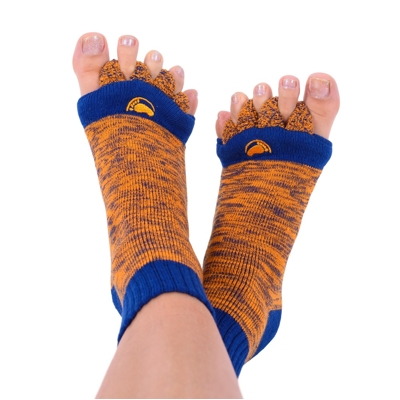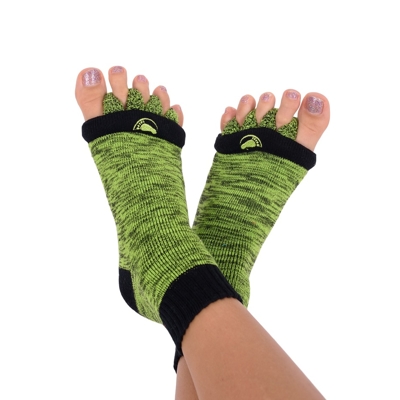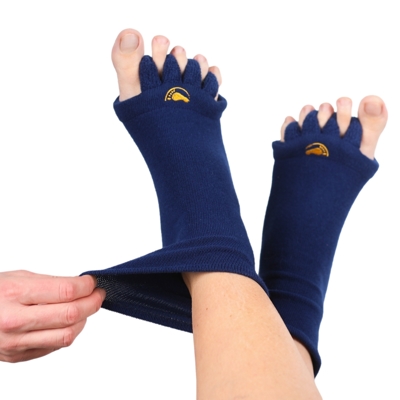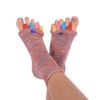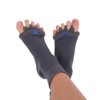Proper walking technique

Undoubtedly one of the most common physical activities in a weight-loss plan is running. But you make the start even easier by doing the most common thing you do in your life - walking. However, the right walking technique is important, and not just if you want to lose weight or improve your physical fitness. Poor technique can lead to serious problems. Here’s how to give them a wide berth.
Chain reaction
Let’s say your heel starts hurting. It’s likely you’ll try to eliminate the pain and figure out what’s going on with your heel. If you don’t suffer from plantar fasciitis, heel spurs or flat feet, you might resolve the complication after some time, but suddenly the problem returns. Why? Because you didn’t solve the cause. It may be because of your back or due to poor walking technique. Until you eliminate the cause, the problem is guaranteed to return.

The body is intricately connected. The ligaments and tendons are wrapped around the bones and joints, and muscles surround it all. Once any part is disturbed, it stops functioning normally and thereby affects the parts around it. This causes a chain reaction where your heel may hurt due to poor posture while walking.
Therefore, for example, physiotherapists comprehensively examine these problems and seek out their cause, unlike doctors, who primarily deal with the consequences and most often the pain.
How to set off towards the right walking technique
Correct posture is the basis for proper walking. You can check it yourself. Just take a natural stance. You can then start analysing it.
In a natural posture, you should stand with your feet apart at hip width. This means your knees and feet should be directly below the hip joints. If you find you aren’t doing this, you may have discovered the cause of some of your current or future difficulties.
Next, your toes should point forward. None of them should point anywhere else. If your big toes twist toward other toes, you are likely to develop a deformity called a bunion. If your toes are bent and you cannot see your toenails at all or only partially from above, you most likely have hammer toe. All of these aspects subsequently affect walking technique.
Take the first step
Now take a step forward with either foot (preferably the right foot). You should naturally bend your ankle first. If your shoes don’t allow you to do so, you should think about changing your footwear. It’s obvious that it probably won’t work in heels.

Another factor is even weight distribution on the foot. Many people walk on their heels, others on their toes or even the sides of their feet. None of them are correct. Even weight distribution on the foot as you walk helps you from overstressing the foot arch, thus preventing falls and flat feet. And don’t forget to use your toes to push off into the next step.
Repeat the next steps in the same way. It’s important not to turn your feet in any direction and try to follow the procedures described as much as possible. Exercise slowly and be patient. Although this may seem boring, it will pay off in the long run.
Tips for the next steps
If you want to stimulate your feet, you can walk barefoot, but ideally on uneven surfaces such as stones, sand, etc. You can read more about walking barefoot in our article Is walking barefoot really healthy?

If you want to support your feet in the correct position as you walk, you can buy orthopaedic insoles. After a strenuous walk, you will enjoy recovery. Showering alternately with cold and warm water or putting your feet up helps prevent your feet from swelling.
Wearing Foot Alignment Socks also supports recovery and prevention. Do you have yours?


